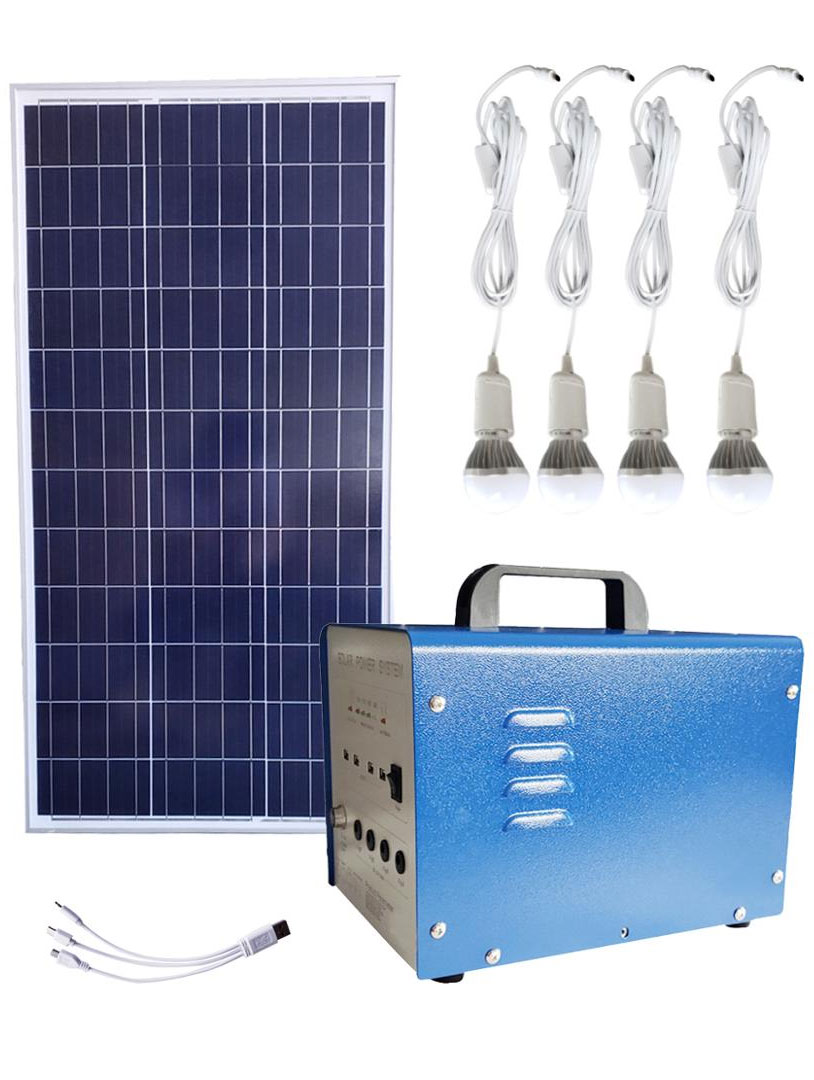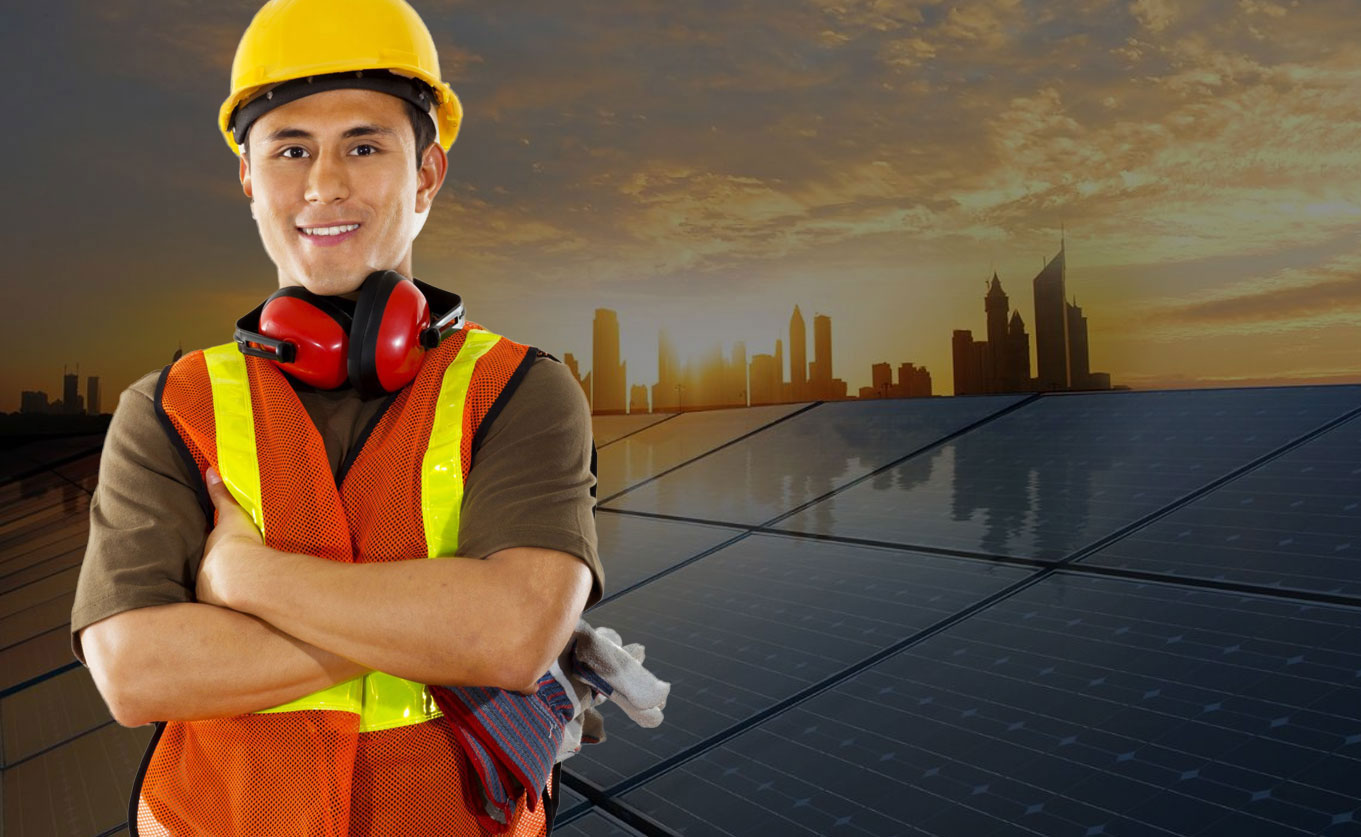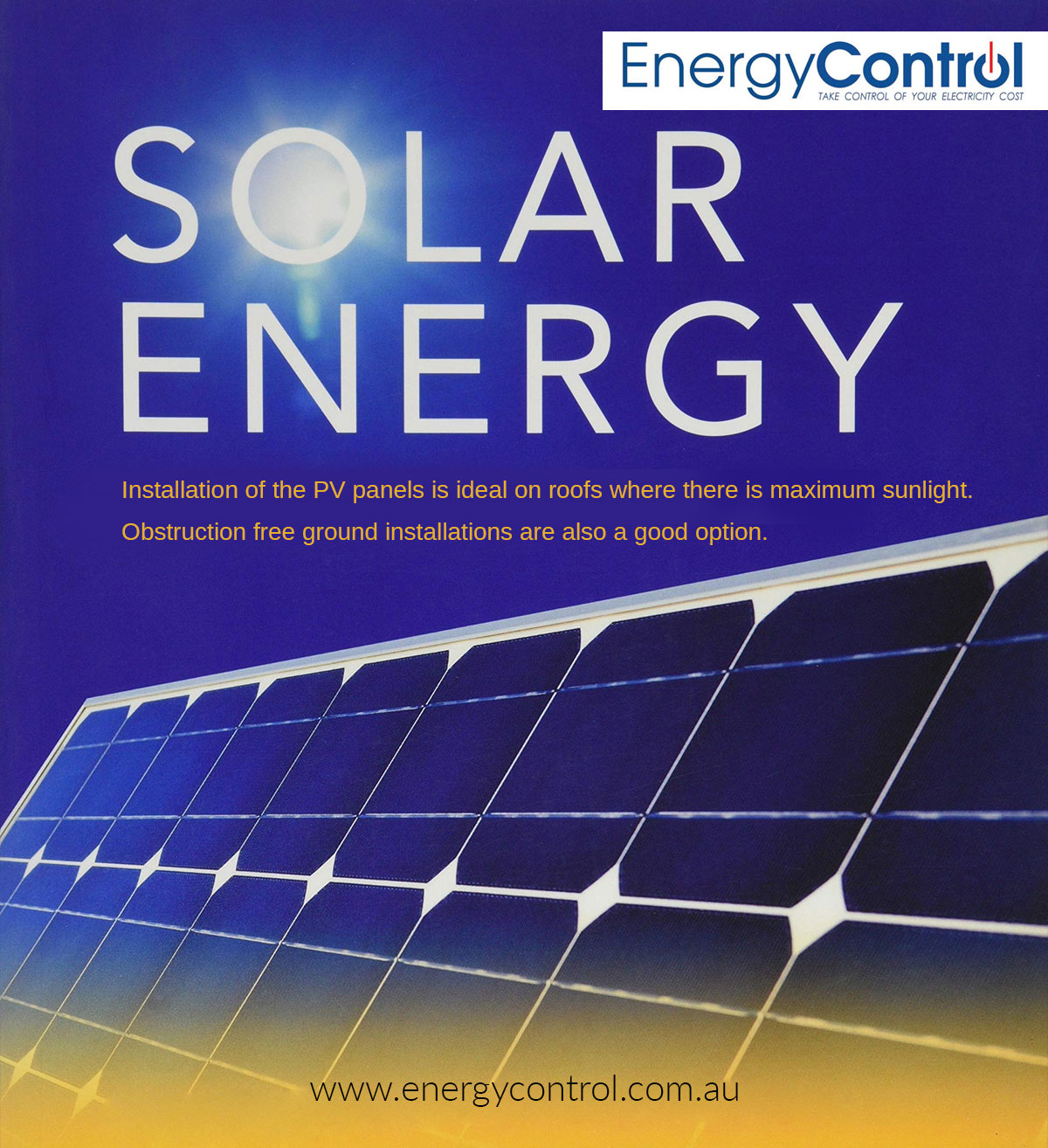Save Energy Bills, Empower
with Solar Installation
Why do you need to make a solar system a part of your life?
- Control 200-300Mt CO2 of global emission with solar power every year
- You can reduce your electricity bill as the overall cost of solar panels is cheaper than retail power in almost all Australian cities
- Did you know 15% of households in Australia, have started using solar power? The average energy bill has significantly come down to $317 a quarter.
- The solar system price has dropped and 4kW-5kW are more affordable. Installing them will have a greater impact on their electric bills and within 3 years your system pays for itself.
- What’s more, invest in solar batteries and store the energy to use it later. Solar battery prices are falling too, and it is the best choice you can make for your household.
Are you eligible for the Government rebates?
The Australian government has given solar rebate till 2030. What does that mean?
It is a rebate on the total energy output since the solar panels began operation, till 2030.
Installed your solar power systems in 2019? Your rebate is of 12 years.
If you installed the panel in 2020, the period of the rebate is reduced to 11 years by 8.3%.

What is STC?
The federal government has also rolled out a rebate called Small Scale Renewable Energy Scheme (SERS).
Small Australian businesses are eligible for this small-scale renewable energy system (100kW) to large reductions.
The rebate amount is related to the small-scale technology certificate (STCs). Though every year the rebate is decreased, the advantage is, the Small-Scale Technology Certificate (STCs) can be traded by system owners or installers for an upfront discount on the solar system. The larger the solar PV system the greater is its STC and with more STC the rebate too is higher.
This is how it works, with every 1000kW-hours of approximate production, you get an STC. You can sell the STC at $35-$40 each.
For instance, 6kW system in Queensland procures 91 STCs when installed in 2020, STCs are sold at $40and the total rebate comes up to $3640 that is equal to $607 per kW. Therefore, if the sale price of the solar panel system is $9500, the price after rebate will stand at $5960.
Know Your State Rebates
States have fixed some independent incentives under national rebate programs.
New South Wales (NSW),
You can get a loan of up to $14000 for solar battery systems and $9000 for upgrading old systems with batteries. For a household earning $180,000 annually, this system is beneficial.
The Government is trying to introduce a program, still in the trial stage, of giving up to 3kW solar systems to 3000 homes in some areas of NSW. The scheme will be applicable for Pensioners Concession Card or veterans.
Queensland
You get a government solar rebate of up to $3500, if the installation was made before June 30, 2020. This is still on the trial stage and interest-free loans on energy storage systems are in the pipeline.
Victoria
Get a solar panel rebate is up to $1888,
rebate on the solar battery is up to $4838
solar hot water rebate is also available at $1000 for household who earn below $180,000 per year with an assessed property value of under $3million.
The solar rebate of $1888 is combined with an interest loan paid within 4 years but it excludes solar batteries and hot water.
Western Australia, National Territory and Tasmania
STC is the only program followed.
South Australia
A rebate of $6000 is offered on energy storage home batteries. You can also avail low-interest loans for battery subsidiary.
Australian Capital Territory
Territory offer a subsidy of up to $2500 with a next-generation energy storage program that will offer a rebate on batteries of up to $825/kW for 30kW systems.
What are your best financial options
for solar installation?
Cash pay loan
Many private entities offer financial support to businesses with cash-paying loans for solar panels that save them from making large upfront payments and the repayments.
With low working capital and many projects to fund, it is hard for businesses to invest in solar projects.
This loan asks for no ongoing payment or interest after purchase. The GST is claimed in the next business and only 5% tax is deducted p.a. for 20 years as per the ATO guidelines.
The payback period extends to 3-6years only after the cashflow is realized and this is the minimum time.
Energy efficiency loan
You can avail this from all major banks of Australia offering a discount of 0.07% on headline rates of investment under clean energy assets.
The advantage of taking this loan from banks that offer CEFC (Clean Energy Finance Corporation) funded energy efficiency loans have their advantage.
You get ownership of the system and save on your working capital.
GST on purchase is claimed on the next business activity statement.
It is easy to secure with 2years of business and trading history. The best part is with so many banks you can compare the most suited option. Make an additional payment and save on the interest cost.
However, you lose out on the tax deduction associated with the current electricity bill, and your payment is tax-deductible and includes full invoice price with GST. This reduces your borrowing capacity as the purchase adds to your balance sheet.
Solar Purchasing Powers (PPA)
You do not pay for the system but can avail the benefits of lower electricity rates.
PPA providers sell their energy to businesses directly at a fixed rate which is lower than the grid energy rate.
Though there are no industry standard rates, so you should weigh this option thoroughly before opting for it.
There is no upfront cost, no installation cost.
Energy is an operational expense for businesses.
The PPA provider bears all operational costs.
The providers use high standards of installers to avoid risk, and you have no ownership in the PPA term.
You pay two separate bills, one from the electric retailer other from the PPA provider.
You also pay for the weekends. In the long term, PPA bills may not be too less than ordinary electric bills.
Operating leases
These are fixed monthly repayment like the energy efficiency loan with a difference to deduct repayments.
After the new accounting rules are implemented (AASB 16), this lease adds to the company balance sheet.
The length of this scheme is through a contract which may be tax-deductible.
GST is claimed on each business activity.
When the lease period ends, and after full payment, get ownership and enjoy the free energy benefits.
You can transfer ownership after 3-months of repayment. But some solar installers do not approve of this system.
Energy Control arranges for convenient commercial financing arrangements that allow investors to pay the overall cost of the system over a long-term period of three to seven years.




